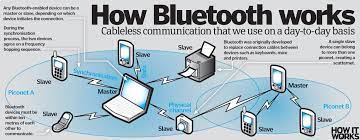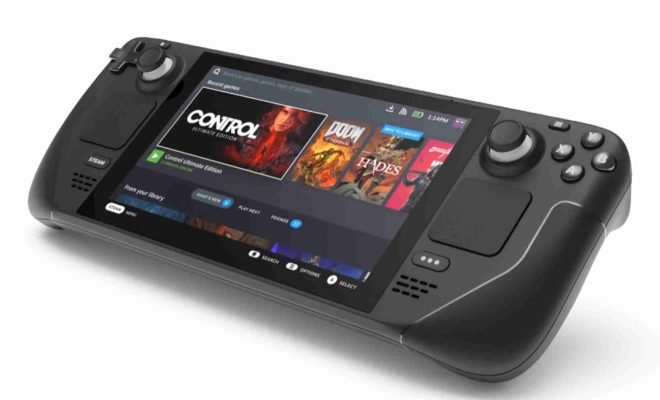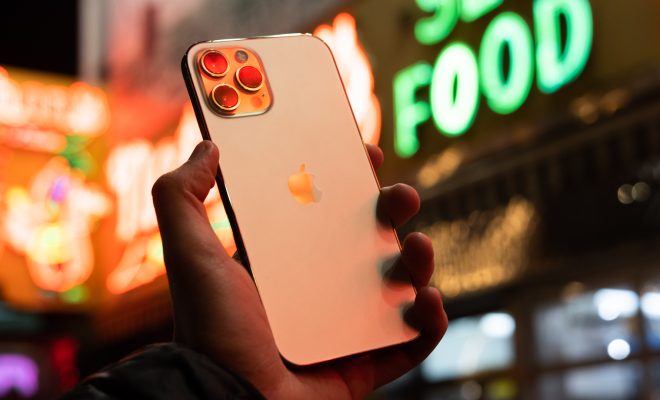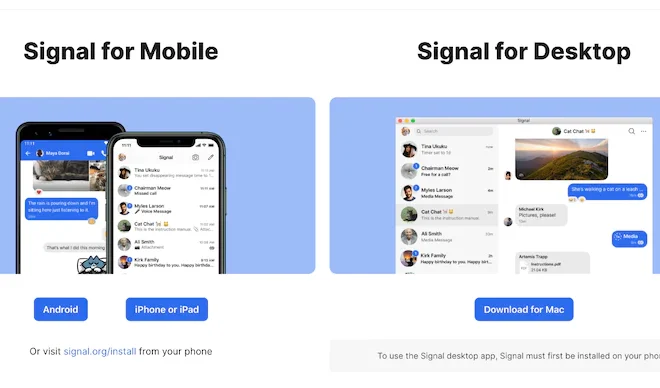How Does Bluetooth Actually Work?

Bluetooth has become a common technology in modern society, with almost all electronic devices containing Bluetooth technology to facilitate communication between them. It is a wireless technology that has revolutionized communication between devices and opened up new possibilities for communication. It provides a cheap and effective way of transferring data between two devices that are in close range without using any cables or wires.
Bluetooth technology enables short-range wireless communication between devices with Bluetooth chips inside them. It operates on the same frequency as Infrared technology but with a longer-range capability, and it’s therefore an ideal wireless communication medium for devices such as phones, laptops, tablets, and wireless headsets among others.
When you use Bluetooth, your device is classified into two categories, Master and Slave. Master devices send out signals looking for Slave devices, and Slave devices are devices that are waiting to receive signals from the Master device. Once the Slave device detects a signal, it sends back an acknowledgment signal, and a connection between the two devices is established.
The process of establishing a connection when using Bluetooth technology is called pairing. This means the two devices agree to communicate with each other. To pair two devices, you must turn on Bluetooth on both devices and place them in close proximity to each other. Once both devices are in proximity, they will detect each other, and the pairing process will begin.
Once two devices are paired, data transfer can occur between them. The master device is responsible for initiating data transfer, and the slave device receives the data. Bluetooth uses a protocol called the Service Discovery Protocol (SDP) to identify the services that each device is capable of. This means that each device can identify the services that the other device is capable of and only sends the relevant data to the other device.
Bluetooth technology uses a technique called frequency-hopping spread spectrum to avoid line-of-sight issues, which can be caused by walls, doors or other objects. In frequency hopping spread spectrum, the Bluetooth device will switch between frequencies, which makes it more reliable compared to other wireless technologies.






